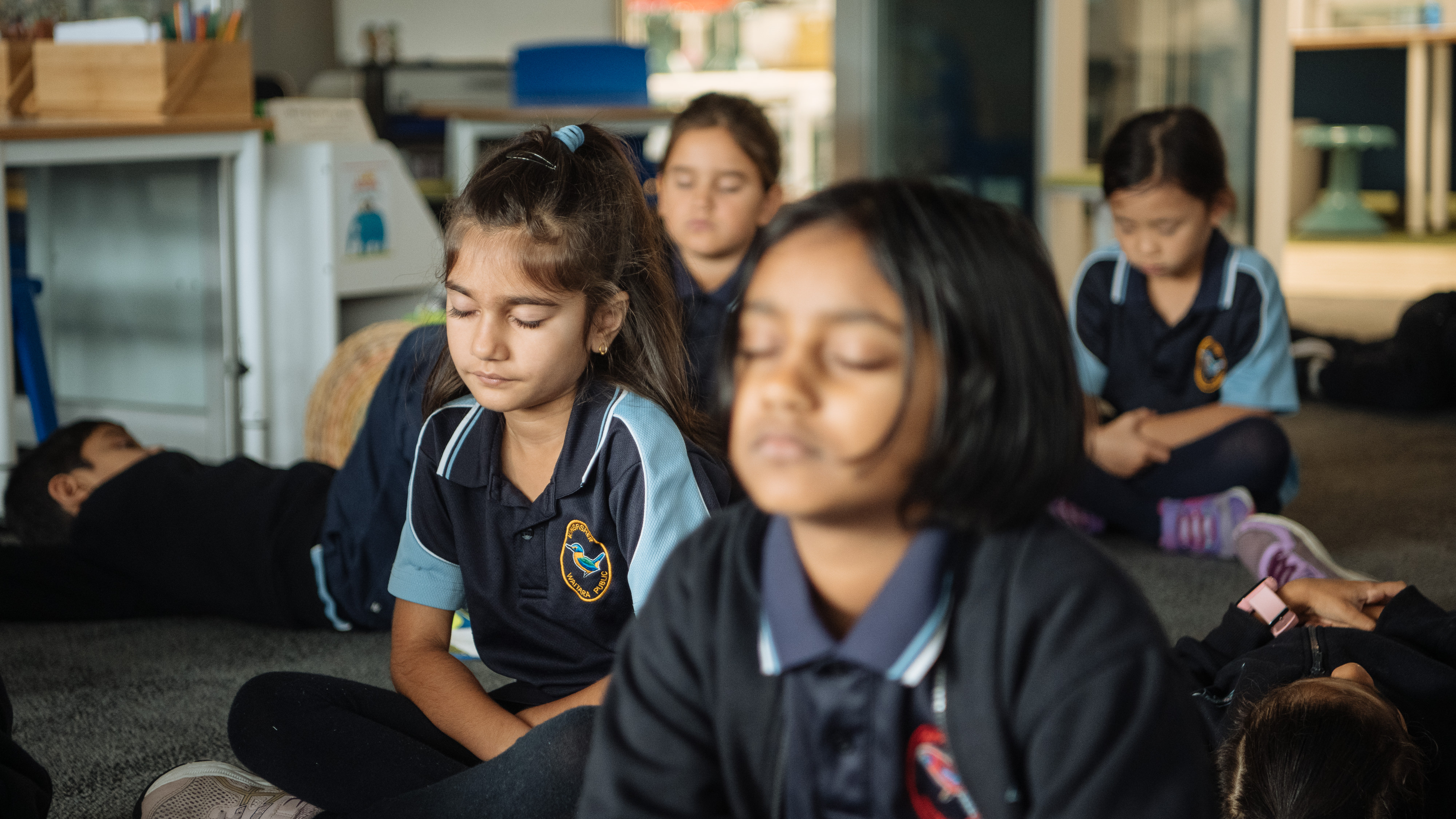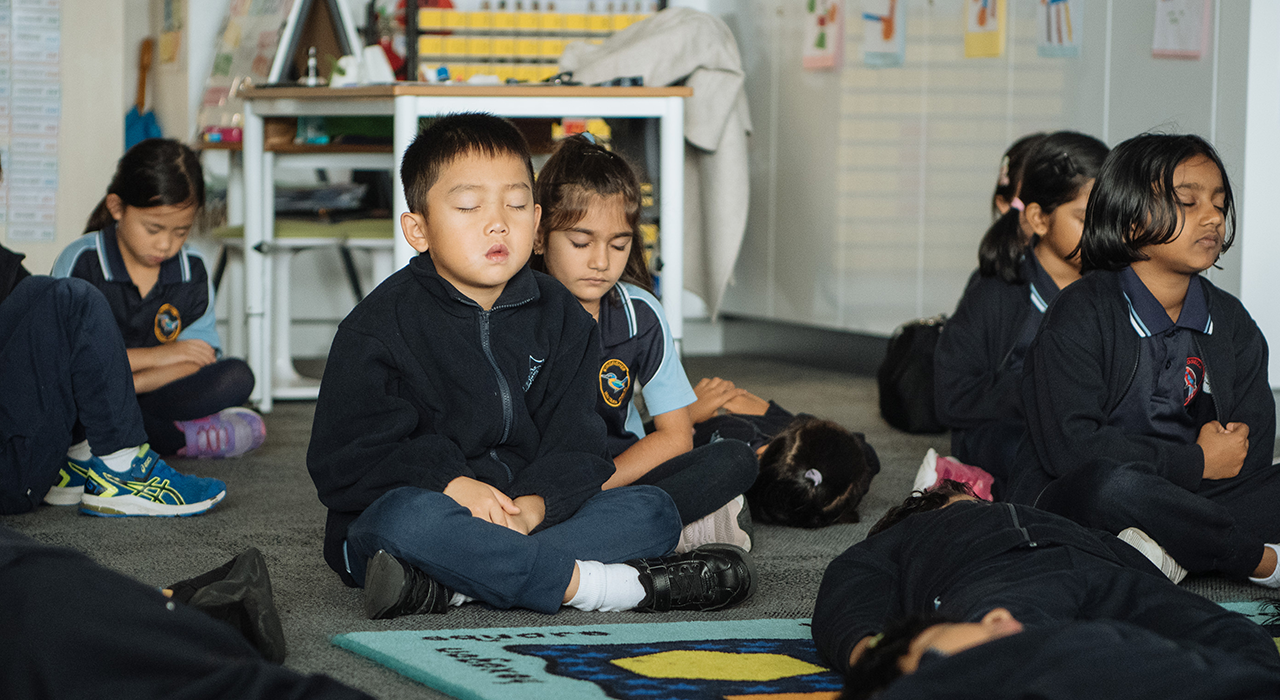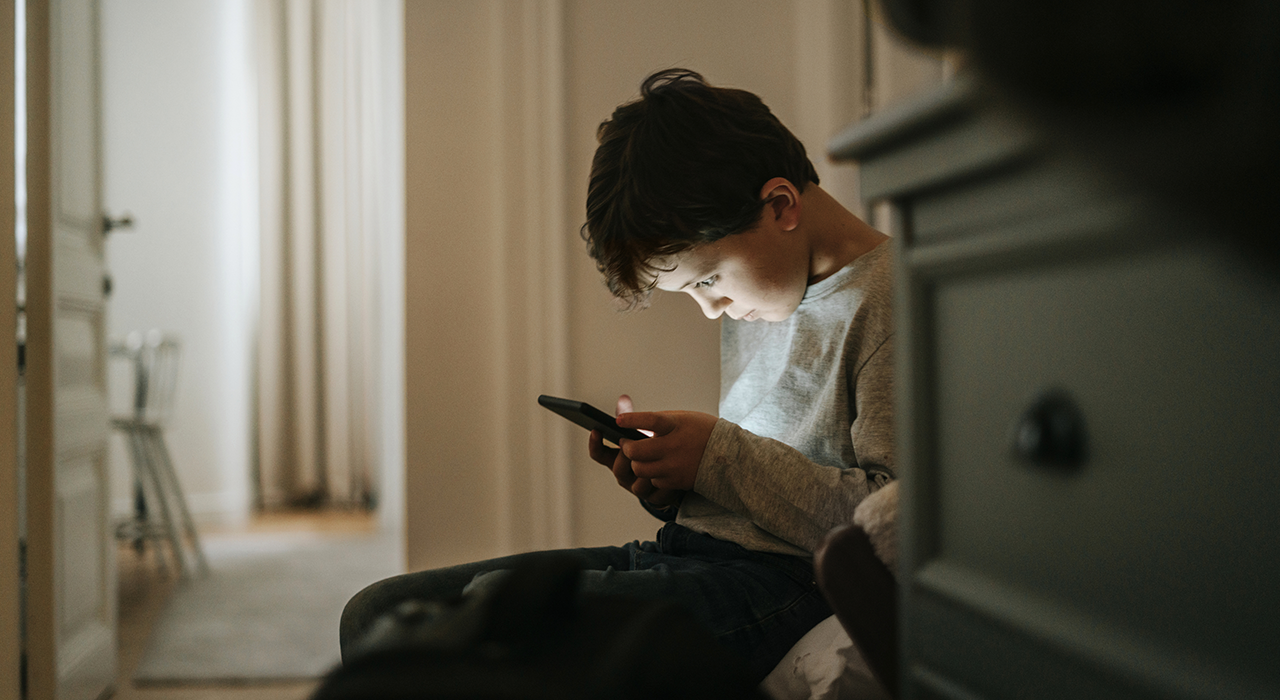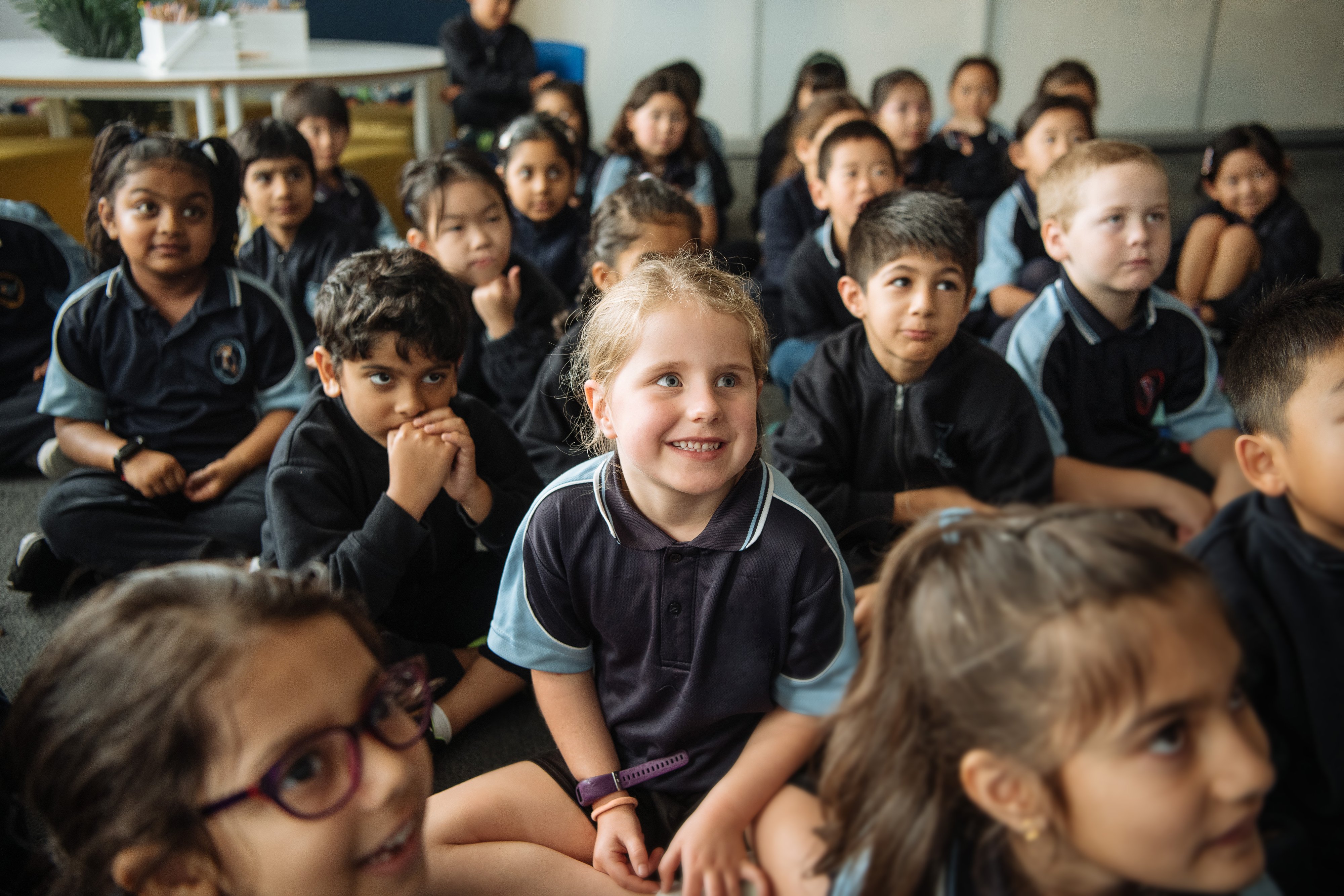Since 2012, Smiling Mind has supported healthy minds thrive in Australian schools by providing tools that develop life-long social and emotional skills. We are excited to be extending our work in Australian primary schools, with the introduction of Smiling Mind Spaces, an inspiring new project that has been enabled by our partner, Dulux.
.jpg?width=690&name=Dulux_SmilingMinds_1894%20Ivanhoe%20without%20dog%20HR%20(1).jpg)
So, what is a Smiling Mind Space?
A Smiling Mind Space is a designated space for mindfulness activities and social and emotional learning more broadly. The various ‘spaces’ in our lives are often defined by the activities we do in them. For example, at home we have spaces for eating, sleeping and relaxing. In schools, we have spaces for learning, meeting and playing.
Over time we learn to associate these specific activities with these spaces. As such, we might find it more difficult to cultivate the qualities of mindfulness in a space associated with these other activities. A dedicated space for mindfulness-related activities (such as meditation) provides a safe and associated area to engage with such practices.
How does it support good mental habits?
Half of all mental health conditions have started by age 14, with one in seven young people aged 4 to 17 years experiencing a mental health condition in any given year. As such, it is critical that we deliver proactive, prevention-focused mental health support from an early age.
Personal and Social Capability, as outlined in The Australian Curriculum, involves students learning to recognise and regulate emotions, developing empathy for others and understanding relationships, establishing and building positive relationships, making responsible decisions, working effectively together, handling challenging situations constructively and developing leadership skills - all of which can help support wellbeing. A Smiling Mind space provides further scaffolding for the teaching of these important life skills.
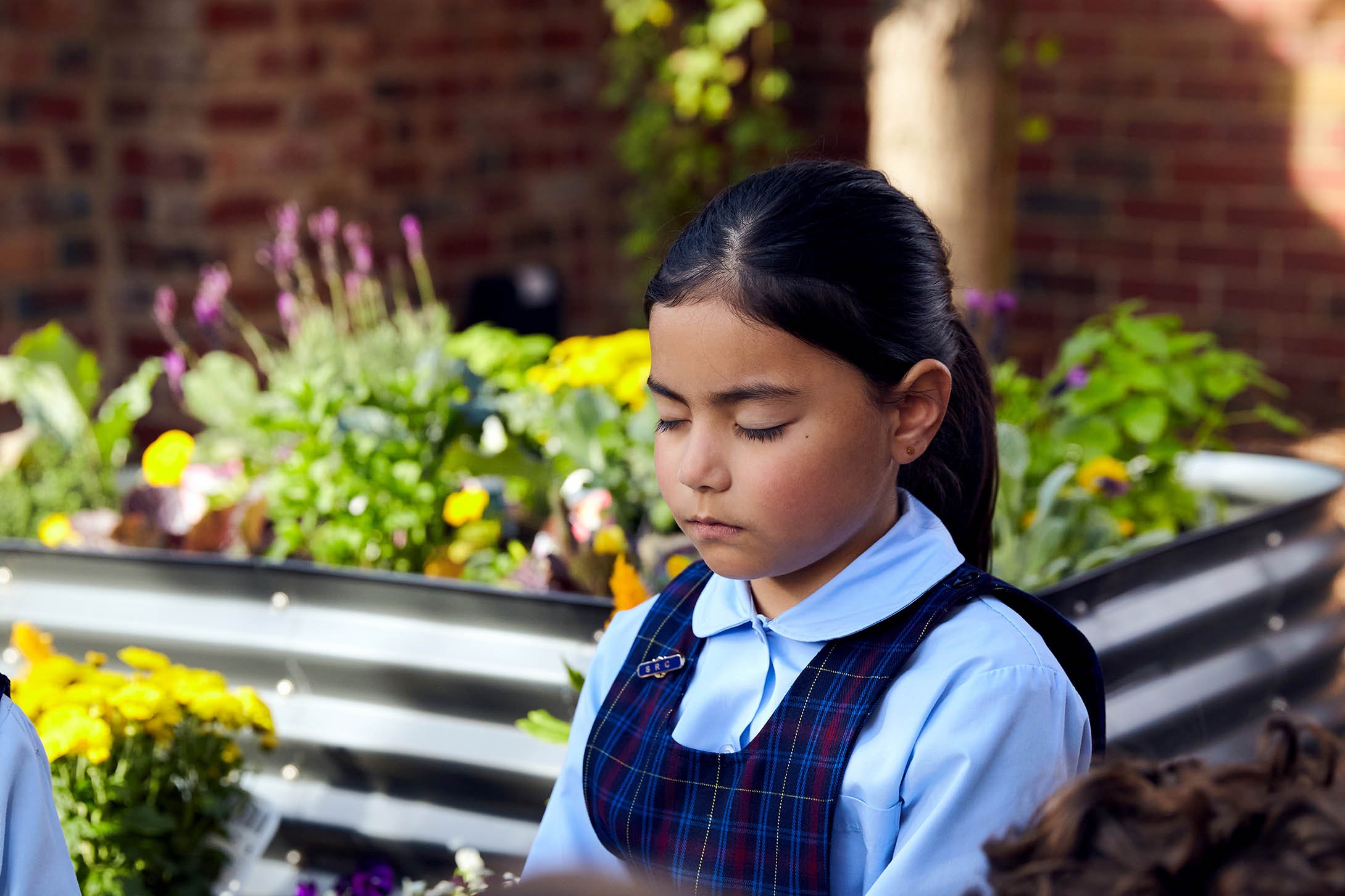
At the heart of the Smiling Mind resources for schools, including The Smiling Mind Mindfulness Curriculum, is mindfulness meditation—the hardest part of which is sticking to regular practice. One of the key strategies we suggest for making meditation a habit is to practice in the same place.
As Ralph De La Rosa outlines In his book The Monkey Is the Messenger, “when we engage with a habit with consistency, the brain gets the message and sinks into it more easily.
If you sit down in the same place…your body and neural network will learn this is when we do that thing where we calm down for a while and go within." A Smiling Mind space provides this opportunity and removes one of the obstacles to regular meditation practice.
.jpg?width=620&height=413&name=SMILING%20MINDS%200N7A2473%20WEB%20(1).jpg)
How to get started:
1. Decide on a location
We know that primary schools are busy places and that space can be scarce. This is why we’ve designed a Toolkit that provides inspiration for space of any size, budget or schedule. You might use a corner of a classroom, a section of the library, a shared meeting space, a staff room or a communal area around the school grounds for this space. Anywhere that’s safe and accessible for students.
2. Pick a theme
The Toolkit is divided into five core themes from the Smiling Mind
Mindfulness Curriculum – awareness, the senses, a curious mind, gratitude and resilience.
3. Who is going to create the space?
We believe Smiling Mind Spaces is an opportunity to engage the school community in creating a mindful space together. The space could be created through a parent working bee, a Student Representative Council initiative or a class-led project where educators and students collaborate on ideas.
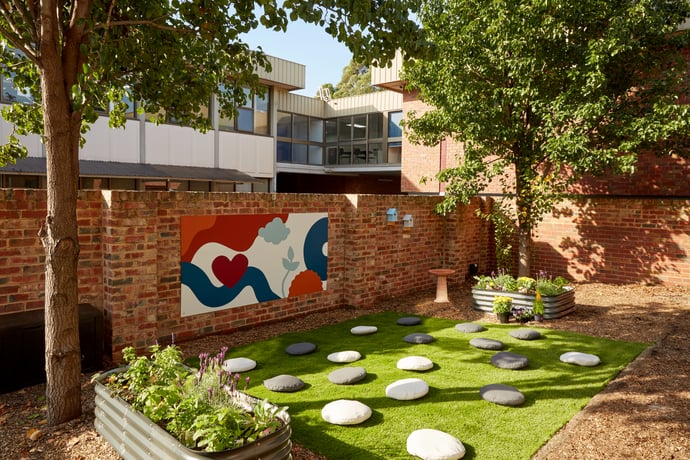
Create a dedicated mindfulness space in your school with our FREE downloadable Toolkit, developed in collaboration with Dulux colour experts.
Want more advice on how to create a mindful school environment? Discover six research-led tips on how implement mindfulness in primary schools.

.jpg)

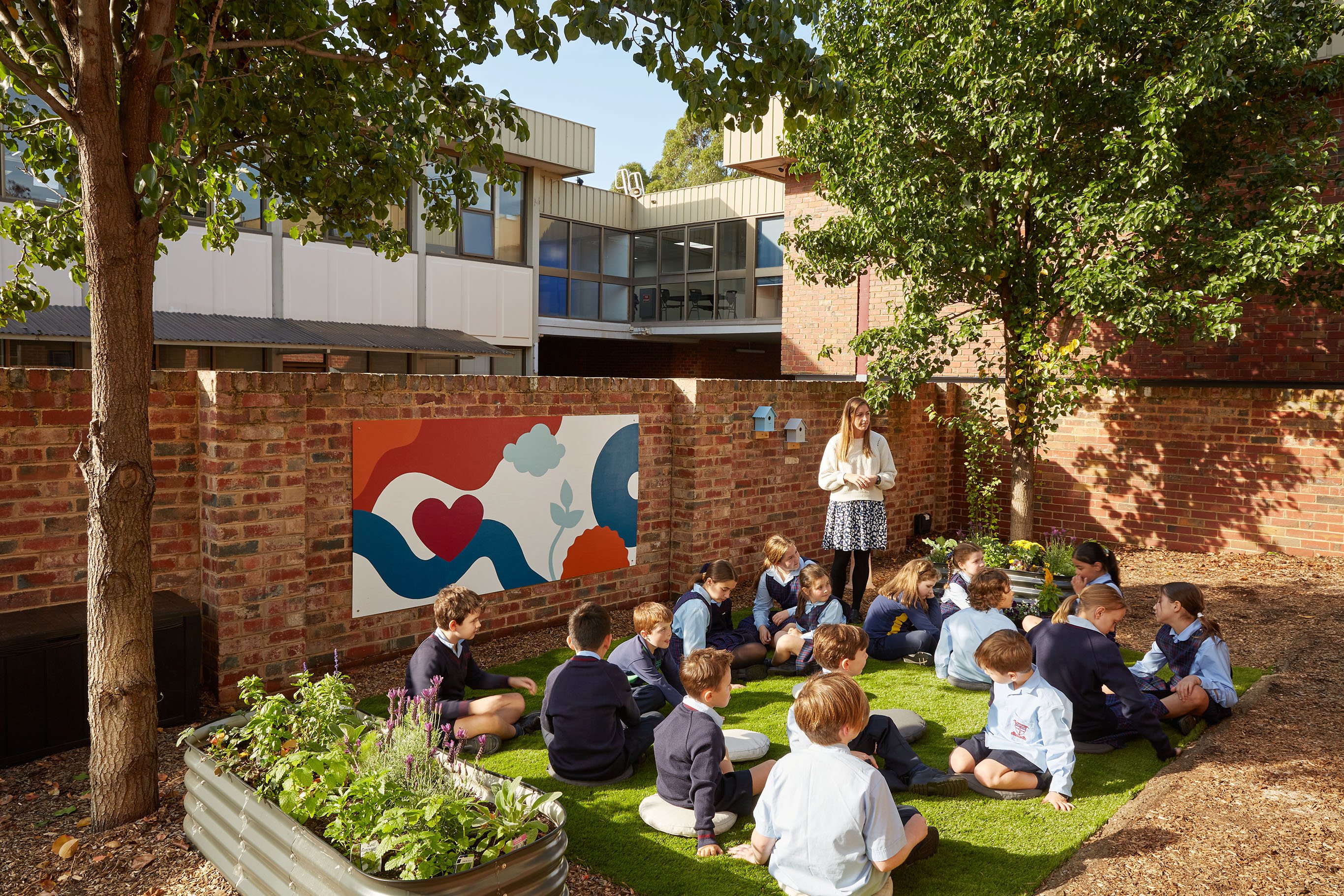
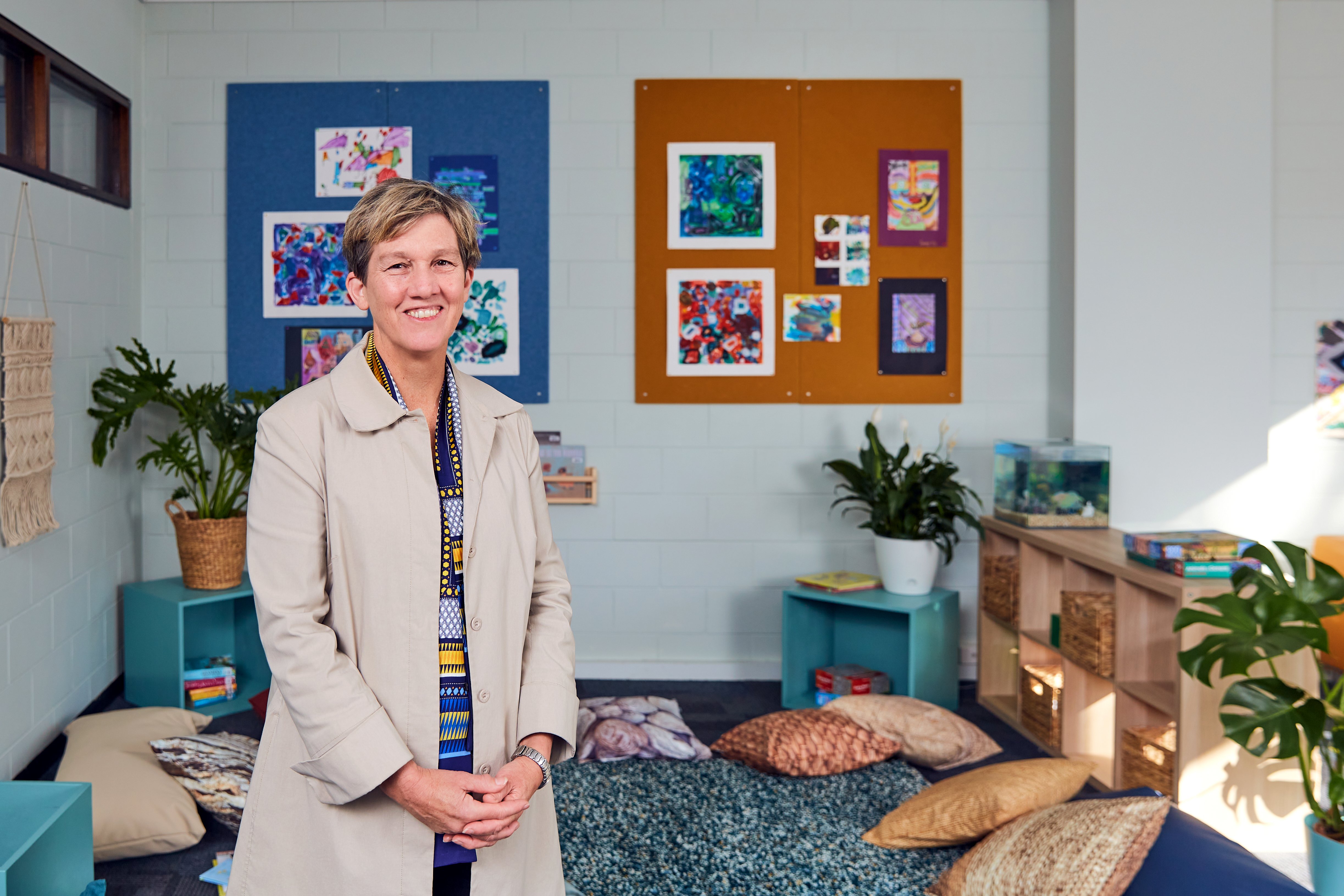







.jpg)

